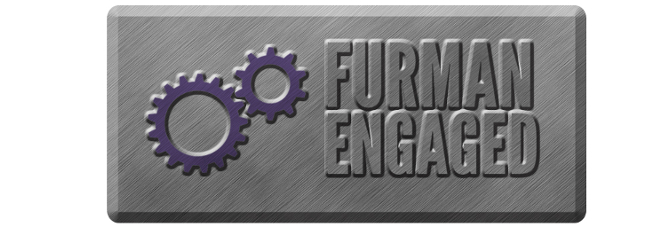Title
CAM Practice & Integrative Medicine in Minority & Underserved Populations
Department, Center, or Institute
Community Engaged Medicine
Presentation Format
Poster
Presentation Type
Other
Description
The medical system in the United States is dominated by allopathic practice with advanced medical technology and incredible practitioners. As a country, we spend the most on healthcare compared to other countries but continue to experience poor health outcomes and disparities. The issue may be in our emphasis on reductionist philosophy and practice. This excels in life-saving surgery and emergency situations. Unfortunately, it does not fare as well in the chronic disease sector because these illnesses are mainly due to chronic stress. Quick- fix medications may manage the pressing symptoms but rarely reaches the true root of the disease. In contrast, holistic medicine focuses on the whole person: the energy, spirit or mental aspect of a person with an interconnected physical system that has the intelligent ability to regulate, maintain and heal itself. A variety of medical disciplines follow this philosophy including Homeopathy, Naturopathy, Acupuncture, Traditional Chinese Medicine, and Chiropractic. These disciplines are broadly grouped into Complementary and Alternative Medicine or abbreviated as CAM. CAM practices work with the mind and body to heal the root of disease rather than band aid the symptoms. Growing evidence supports the prevention, improvement and sometimes elimination of disease through these techniques. Unfortunately, the population that suffers the most from prevalent chronic disease are those in underserved communities who have the least access to CAM providers. If we are unable to relieve societal and economic stress from these people, a combination of conventional Western medicine and CAM practices may be best to resolve the health repercussions. Increased regulation, financial support, and integration of CAM into family practice clinics could potentially drastically improve health outcomes of socially disadvantaged populations.
Department Organized Oral Session Title
Master of Science in Community Engaged Medicine Thesis Presentations
Moderator/Professor
Victoria Turgeon, MS in Community Engaged Medicine
Session Number
1
Start Date and Time
4-9-2019 9:45 AM
Location
Kohrt Commons; Plyler Hall
Recommended Citation
Tyler, Danielle (Royall), "CAM Practice & Integrative Medicine in Minority & Underserved Populations" (2019). Furman Engaged!. 536.
https://scholarexchange.furman.edu/furmanengaged/2019/all/536
CAM Practice & Integrative Medicine in Minority & Underserved Populations
Kohrt Commons; Plyler Hall
The medical system in the United States is dominated by allopathic practice with advanced medical technology and incredible practitioners. As a country, we spend the most on healthcare compared to other countries but continue to experience poor health outcomes and disparities. The issue may be in our emphasis on reductionist philosophy and practice. This excels in life-saving surgery and emergency situations. Unfortunately, it does not fare as well in the chronic disease sector because these illnesses are mainly due to chronic stress. Quick- fix medications may manage the pressing symptoms but rarely reaches the true root of the disease. In contrast, holistic medicine focuses on the whole person: the energy, spirit or mental aspect of a person with an interconnected physical system that has the intelligent ability to regulate, maintain and heal itself. A variety of medical disciplines follow this philosophy including Homeopathy, Naturopathy, Acupuncture, Traditional Chinese Medicine, and Chiropractic. These disciplines are broadly grouped into Complementary and Alternative Medicine or abbreviated as CAM. CAM practices work with the mind and body to heal the root of disease rather than band aid the symptoms. Growing evidence supports the prevention, improvement and sometimes elimination of disease through these techniques. Unfortunately, the population that suffers the most from prevalent chronic disease are those in underserved communities who have the least access to CAM providers. If we are unable to relieve societal and economic stress from these people, a combination of conventional Western medicine and CAM practices may be best to resolve the health repercussions. Increased regulation, financial support, and integration of CAM into family practice clinics could potentially drastically improve health outcomes of socially disadvantaged populations.

